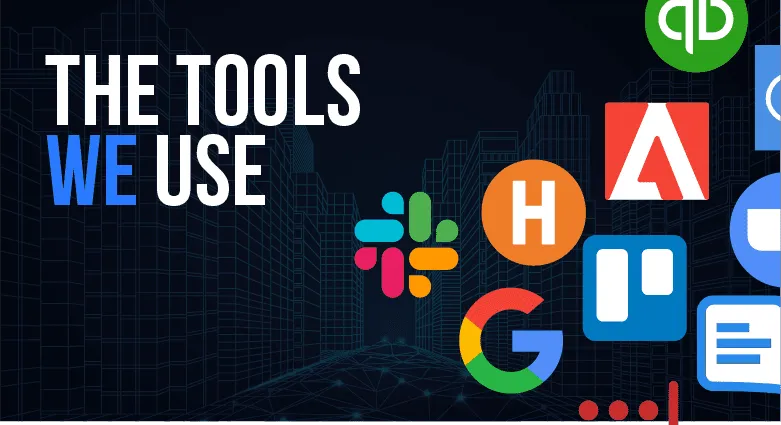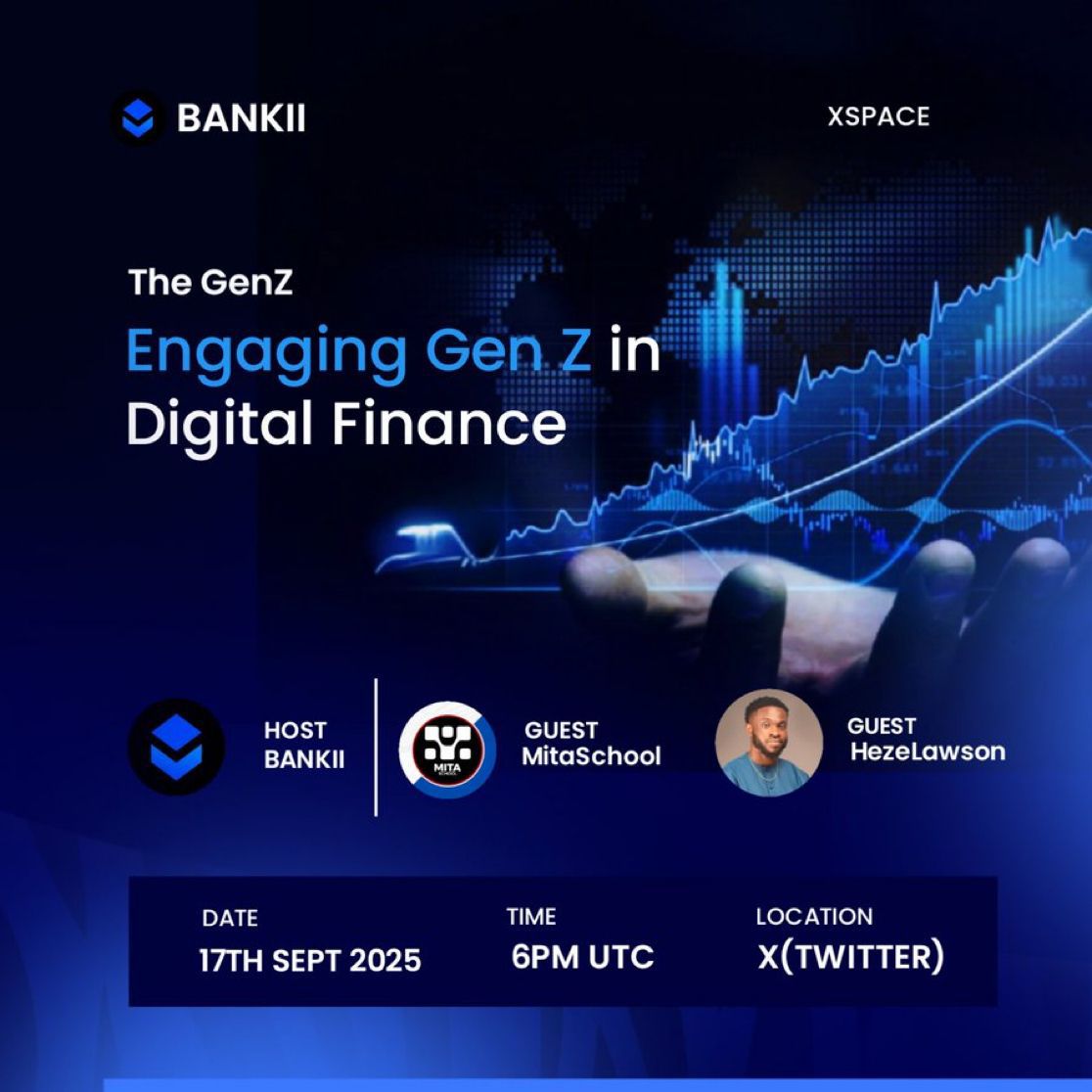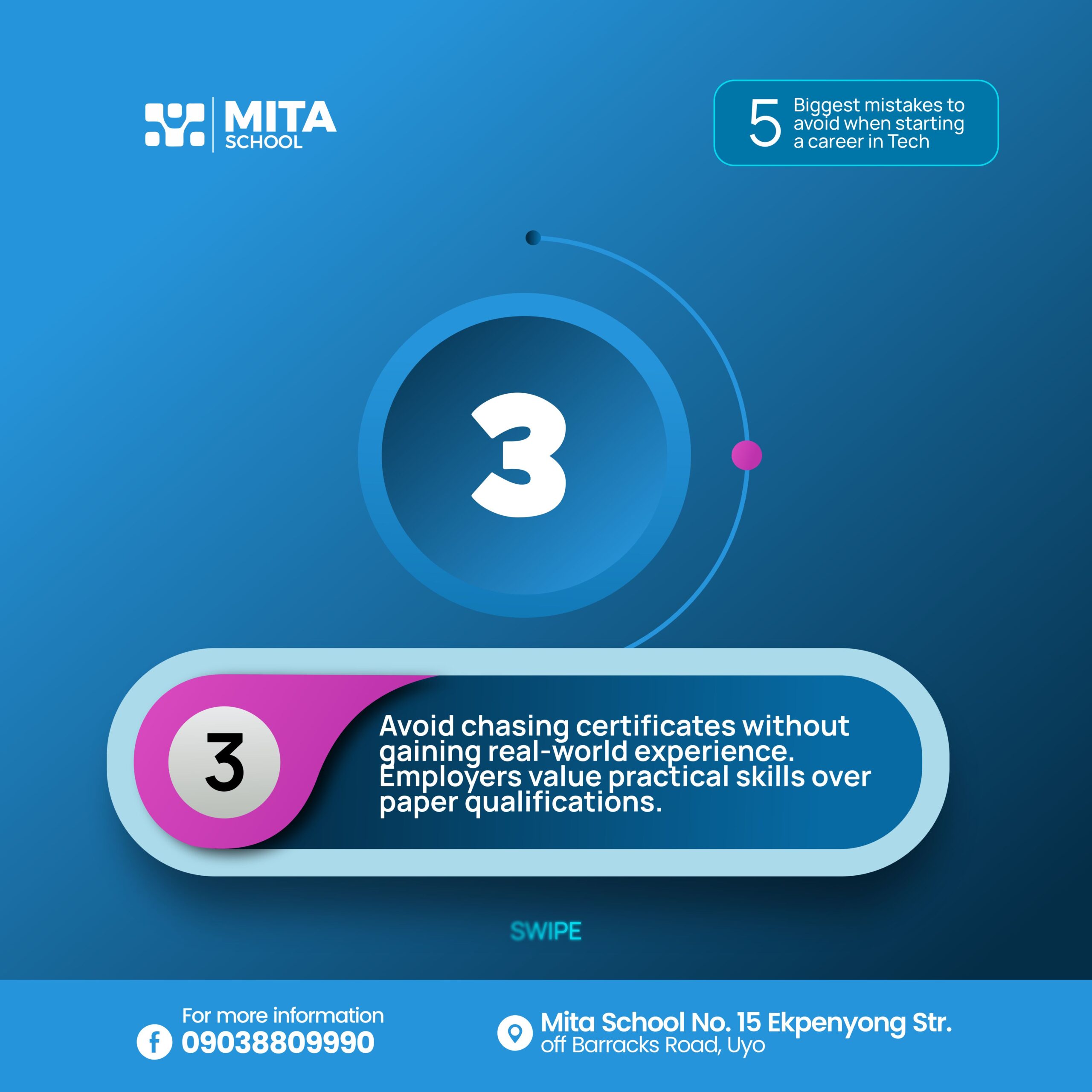In today’s digital world, Generative AI tools are no longer futuristic concepts, they’re practical, everyday tools that are transforming the way we work, learn, and create. From writing emails to designing graphics or building software, these tools can boost both productivity and creativity. But here’s the catch: AI tools aren’t mind readers. To get the results you want, you need to tell them what you need, clearly and specifically. This instruction is called a prompt.
Understanding how to write effective AI prompts is a skill that’s quickly becoming as essential as knowing how to use a search engine. Whether you’re a student, a developer, a business owner, or a digital creator, this article will help you understand how prompts work and how to use them to get the most out of AI tools.
What is an AI Prompt?
An AI prompt is the instruction or question you give to an AI system. It tells the tool what kind of output you want—whether it’s a blog post, a summary, an image, a line of code, or even a business idea.

If you’ve ever typed something into ChatGPT, Claude AI, or even Google Gemini, you’ve already used a prompt. The quality of the AI’s output depends greatly on how you frame your request. A vague or general prompt might still return something useful, but a well-structured, detailed prompt will often yield better, faster, and more accurate results.
Prompt Examples:
-
Basic Prompt: “Write a formal email invitation for a webinar.”
-
Improved Prompt: “Write a formal email inviting tech professionals in Mita School to a webinar titled ‘The Future of AI in Africa,’ happening on May 12 at 2 PM via Zoom, with guest speaker Mr. Lawson heze, an AI ethics expert.”
Notice how the second prompt gives context, tone, target audience, and event details. That helps the AI deliver something closer to what you actually need.
How Do AI Prompts Work?
AI tools like ChatGPT rely on Natural Language Processing (NLP) to understand human language. When you submit a prompt, the tool breaks your text down into smaller components and uses its training data to recognize patterns, context, and intent.
Unlike traditional search engines that just match keywords, generative AI tries to understand what you mean. It interprets tone, structure, and purpose to generate content that sounds natural and fits your request.
For example, if you prompt:
“Write a haiku about butterflies flying off the coast in Costa Rica.”
The AI identifies:
-
The format: haiku (5-7-5 syllables)
-
The subject: butterflies in Costa Rica
-
The tone: poetic, serene
Then it generates something like:
Butterflies dancing
Over waves in warm sunlight
Costa’s breeze hums peace
This isn’t pulled from a database, it’s generated based on understanding and language modeling.
Types of Prompts You Can Use
Understanding the type of prompt you’re writing can help you use the right approach. Here are some common prompt types:
-
Instructional Prompts – Ask the AI to do something specific.
“Summarize this article in 3 bullet points.” -
Creative Prompts – Ask for original, imaginative output.
“Write a short story about a robot lost in Lagos.” -
Conversational Prompts – Keep a back-and-forth tone for ongoing tasks.
“Let’s brainstorm startup ideas focused on education in Africa.” -
Formatting Prompts – Request responses in a certain structure.
“Generate a table comparing Midjourney, DALL·E, and Adobe Firefly.” -
Persona-Based Prompts – Assign the AI a role.
“Act as a startup coach. What should I focus on when pitching to investors?”
Why Good Prompts Matter
A well-written prompt helps you:
-
Save time by reducing the need for rework or clarification
-
Improve quality of the response
-
Get more creative results
-
Communicate your needs more clearly
In short, good prompts help you use AI like a pro.
Real-World Examples in 2025
Here are some trending use cases and how prompts are helping people do more with AI:
Learning and Studying
Students use AI prompts to summarize lectures, explain complex topics, or prepare for exams:
“Explain the difference between mitosis and meiosis in simple terms.”
Design and Creativity
Designers use image generators like Midjourney and DALL·E with prompts like:
“Generate a futuristic classroom scene in a Nigerian village, with solar-powered tablets and digital chalkboards.”
Business and Marketing
Marketers use AI to create content calendars, blog posts, and campaign ideas:
“Create a 7-day social media content plan to promote a tech school in Uyo.”
Developers and Engineers
Coders use AI to troubleshoot, generate code, or understand new frameworks:
“Write a Python script that sends a weekly email report of website analytics.”
Prompt Engineering: A Skill for the Future
At Mita School, we believe that learning to write effective prompts is one of the most practical tech skills today. Whether you’re into software development, design, business, or education, prompt engineering can unlock new levels of efficiency and creativity.
Just like learning to search Google effectively changed how we find information, learning how to “talk” to AI will shape how we work with technology going forward.
Final Tips for Crafting Great Prompts
-
Be specific – The more detail, the better the results.
-
Provide context – Include relevant background information.
-
Set the tone – Formal, casual, funny? Let the AI know.
-
Use examples – If you want a certain format, show it.
-
Experiment – Try different phrasings and see what works best.
Ready to Learn More?
At Mita School, we teach students how to work with AI, not just use it. Whether you’re exploring UI/UX design, data analysis, or digital marketing, prompt writing is part of your journey to becoming a smarter creator.
Want to try it out?
Come up with your first prompt and let’s see what you create!





